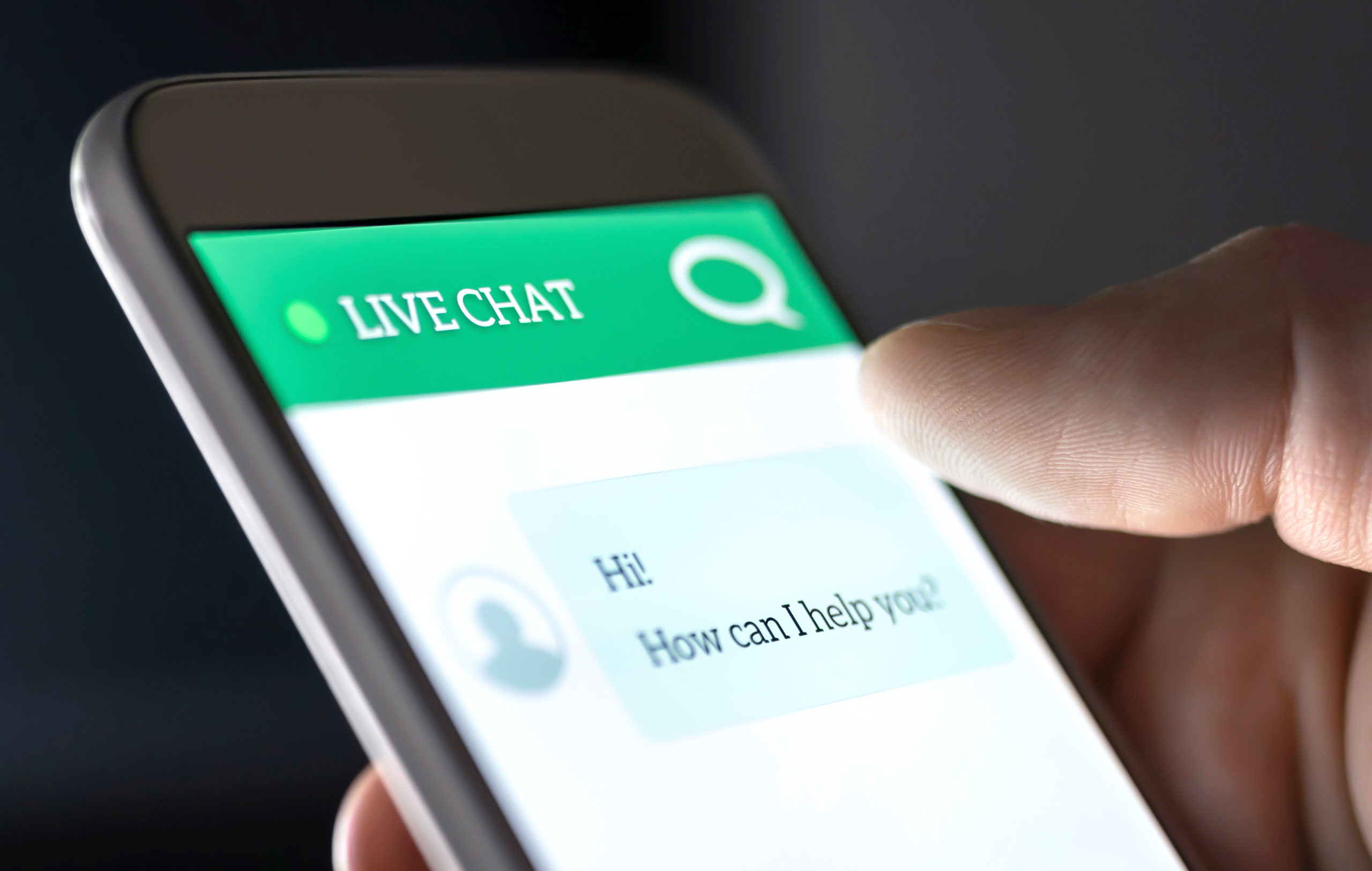Time for a reset. What if you started evaluating customers on exactly how much engagement and money they’re willing to give you? Then you’d scale your efforts accordingly.
So let’s change the rules.
We interviewed Trish Witkowski, CEO of Fold Factory and an award-winning marketer, about how to remove the emotion and uncertainty from the typical “blast and hope” cycle and how to get a more rational view of your customers:
Why do publishers need to consider fundamentally changing the dynamic of their customer relationships?
Many of us are split in so many directions pushing out content to every platform we can find – giving, giving, giving – and shooting from the hip. This approach is exhausting, time-consuming and offers no guarantees. And this holds true especially in Niche, where the passion for your product or service from the customer base can be very high. It’s so easy to mistake enthusiasm for buying intent. Take it from me – I have a rabid fan base of creative people who love folding paper, but it doesn’t mean they always buy stuff from me. They just love the images, the content and the discussion – the camaraderie that comes from sharing an interest in that niche.
So we have to reset. We have to start keeping score. This is not to say that we close the door on people who are not buying, but it means identifying the ones who are least likely to buy. And more importantly,we identify the ones that have the buying potential and catering to their needs. It’s a balance, but it’s really important to manage that. It’s certainly easier on the front end to lump everyone together and hope to snag some good sales leads in the mix. But on the back end, it’s so wasteful to blindly give the same level of attention to every lead.
What are top ways to increase quality leads and anticipate customer actions?
To increase the quality of leads – which is essential, because quality is everything – you have to figure out how to differentiate your leads from one another. Figure out what the most distinguishing qualities/characteristics and needs of your ideal customers are. Then determine how to draw that information out of incoming leads so they can self-identify. You can do this through simple lead tools like quizzes or surveys or downloads on specialized rather than broad topics.
However, you also need to look at behavior, because active, reported data is only so valuable. People often behave differently than they say they will. Survey question: Would you buy this (product)? Customer answer: Yes. Actual behavior when product comes out: Didn’t buy it. Sometimes people have an idealized vision of who they are or what they want. Sometimes they tell you what they think you want to hear, or what they think will impress you or improve their status. Their behavior tells the real story.
If we know the journey, we know the next action.
To anticipate actions, we have to step back and look at the customer journey, and to pull them through it with a series of lead tools. It would be great to be able to skip to the end and grab them right at the point of purchase, but we really have to catch them earlier than that, and to provide the answers, tools and resources to pull them along the process.
If it’s a current client business relationship, to anticipate the next move you have to make enough moves on your end. What I mean by this is that we often choose inaction over action, because having the hard conversation, or talking about the budget or whatever is uncomfortable and we’d rather avoid it. Or, worse, we just make assumptions. So time goes by and resources are burned and misunderstandings happen. All because we weren’t staying on a course – we weren’t asking questions, keeping score, getting feedback, actively making moves. If you make enough moves, you can learn the moves that work and repeat them. It’s better to make a move and course correct than to sit back and wait for things to unfold. Randomness and lack of strategy is the enemy.
What’s a successful customer relationship strategy in 2020 look like for digital media companies?
That’s a big question. I’d say that it’s a combination of having a deep understanding of the customer buying journey, combined with a series of strategic moves and a solid scorekeeping strategy – I’ll leave it at that. We’ll call it a bit of foreshadowing for my presentation at Niche Digital Summit – see you there!
Editor’s note: Trish is a keynote speaker, leading the session, The Publisher Edge: Hitting “Reset” to Score Your Top Revenue Customers for the Niche Digital Summit in Chicago, Sept. 25-27.
*****
 More about Trish: Trish Witkowski is a dynamic speaker, a YouTube sensation, and a direct marketing maven. Her work with big brands and loyal fans led her to a deep-dive exploration of client and audience relationships, from which she developed a sales technique that flips the current relationship marketing craze on its head. Today, Trish travels the world teaching marketers and sales leaders how to gain an advantage and turn soft sales into cold, hard cash. Before rising to international fame for her strangely addictive, weekly YouTube series, Trish flexed her creative muscles designing for brands like DAP, DeWalt, and Cover Girl.
More about Trish: Trish Witkowski is a dynamic speaker, a YouTube sensation, and a direct marketing maven. Her work with big brands and loyal fans led her to a deep-dive exploration of client and audience relationships, from which she developed a sales technique that flips the current relationship marketing craze on its head. Today, Trish travels the world teaching marketers and sales leaders how to gain an advantage and turn soft sales into cold, hard cash. Before rising to international fame for her strangely addictive, weekly YouTube series, Trish flexed her creative muscles designing for brands like DAP, DeWalt, and Cover Girl.
*******
Niche Media has the best events, education, and training in media! Our super niched-out events & content give target-audience publishers in the B2C, hobbyist, B2B, city & regional, and association markets the tools they need to build revenue, audience, and more.
********





